Hello. Hi. What’s up! Hey. How have you been? In five different ways, I just said hello to you, the reader of this piece, in English. But each phrase I uttered also conveyed tone, messaging and context. Each of those greetings depends on all of those factors and more to be effective. And we have not even gotten past speaking English yet!

Communication is considered one of the most vital “soft skills” an employee can possess, as it allows us to interact effectively with our colleagues. But is communication really a “soft skill” given this framework? More importantly, given its characteristics — that it can enhance collaboration in a team or shape an individual’s ideas, for instance — one could argue that as a skill set, communication might be one of the hardest tools to use effectively in today’s workplace. Communication can be broken down generally into five areas: written or verbal communication; active listening; non-verbal communication such as body language; and smaller subsets such as public speaking or conflict resolution.
But communication can be demonstrative of hard skills as well. Let me give you a couple of examples: “Take that book and place it in a blue bin; it’s NIC and needs to be cataloged”. Or “The book drop needs to be pulled; it’s overflowing.” How about, “Mr. Smith is calling again about his hold — has it come in transit yet?” If you’re not familiar with the operations of a public library, many of these statements might have left you a bit puzzled. And even language from system to system may shift and change as staff discuss common procedures. My point here is that in order to effectively convey information, communication depends on several active factors that evolve during the course of the interchange.
As a government worker and a public librarian/manager, I have been thinking about this topic frequently of late. During the course of my day, I use communication as an interchangeable facet of my job. In one minute, I might be answering a question for a customer, but in the next I may have to direct a challenging discussion with a staff member. And I notice internally when communication — or a lack thereof — has broken down, thus causing issues.
One tactic that addresses said challenges and that I find intriguing is the concept of internal and external customer service. Most people are somewhat familiar with the idea of external customer service, since it is something we encounter frequently in our day-to-day lives. You may be less familiar with internal customer service but still find it helpful as you look at your own communication style. Internal customer service, according to Forbes, is when we provide customer service to the people we work with, helping them to do their best to serve external customers and promote the company’s interests.
I appreciate this description because it focuses on how the individual can assist their colleague in making their best effort — while serving the higher needs of the organization as well. The practice of employee internal customer service is not just about communication, since it is substantially linked to outcomes such as employee satisfaction and morale, retention and workplace culture. So maybe it’s time to start asking yourself how well you communicate. Or more importantly, how well does your agency promote communication among colleagues?
The answers may startle you. However, many government agencies are built upon the notion of fostering service-oriented cultures. Training, knowledge sharing, and continuous improvement are imperative to integrating a successful internal customer-service, employee-driven policy. By providing employees with the support and resources they need to succeed, we should and can perpetuate a vital, essential and integral skill — communication.
Erin Farquhar is a Branch Manager for DC Public Libraries in Washington, D.C. Erin holds a bachelor’s and a master’s degree in English Literature and Folklore, as well as a MLIS. She has worked in quite a few of DC’s wards, and enjoys working with the varied communities and rich cultural heritage she serves.
Erin has stated, “Now, as a manager within this infrastructure I look to further develop the practices of strategic thinking and plan implementation. As libraries continue to develop their social role in order to build strong vibrant communities, I would like to mirror this direction in order to help shape the ideas and perspectives that are central to an innovative society. Any metamorphosis can be a slow process but a caring workforce reflects the commitment of all its employees.





Leave a Reply
You must be logged in to post a comment.